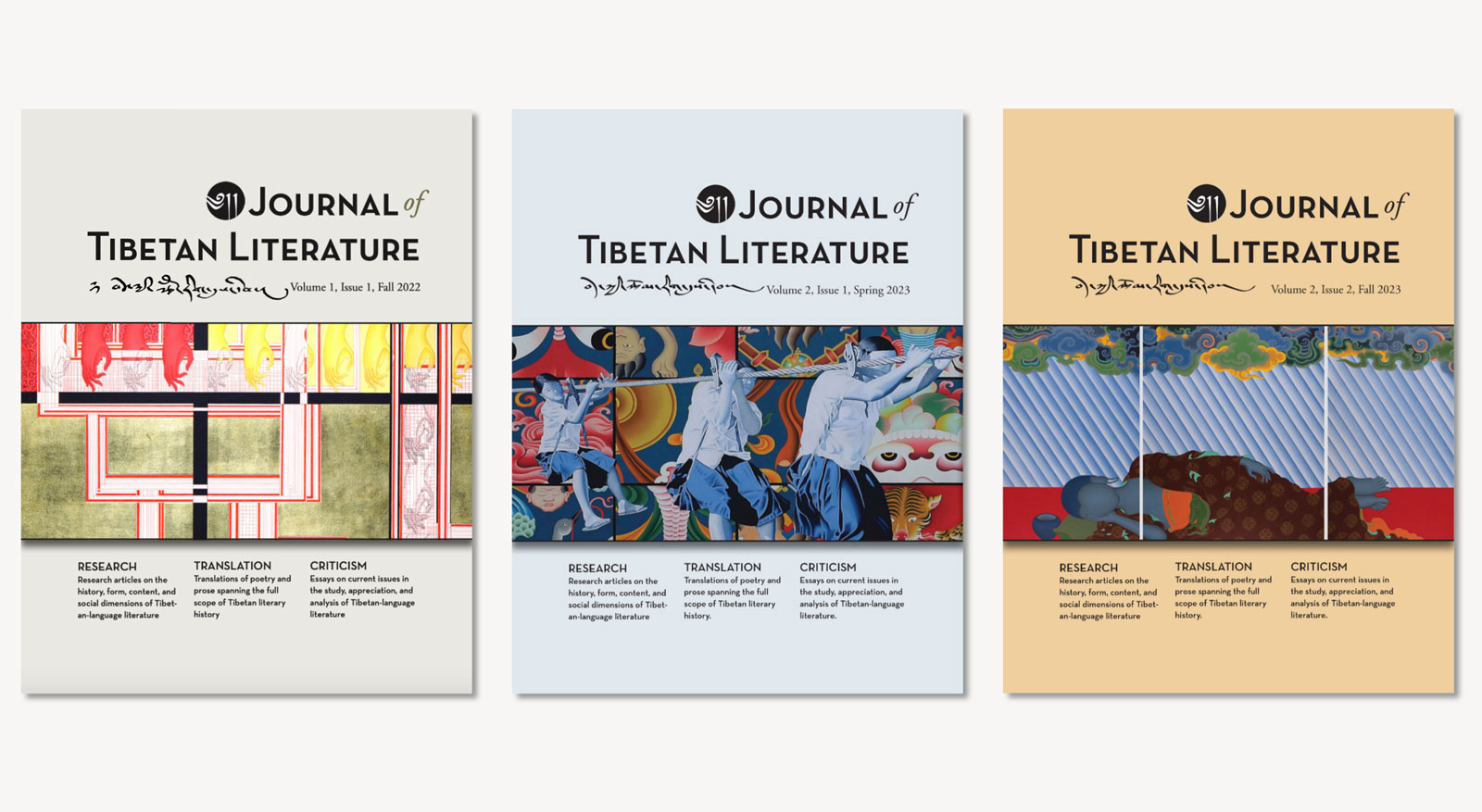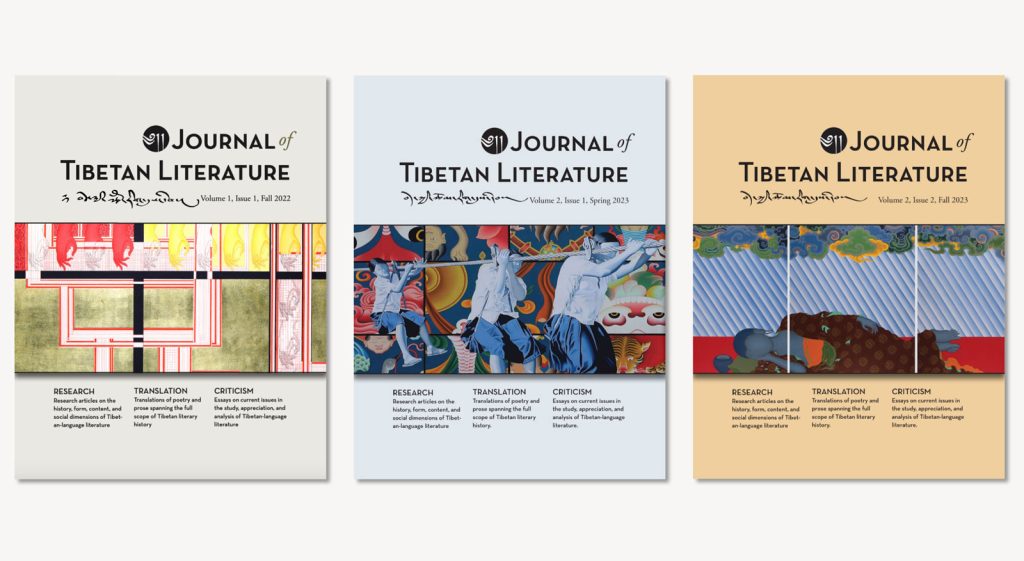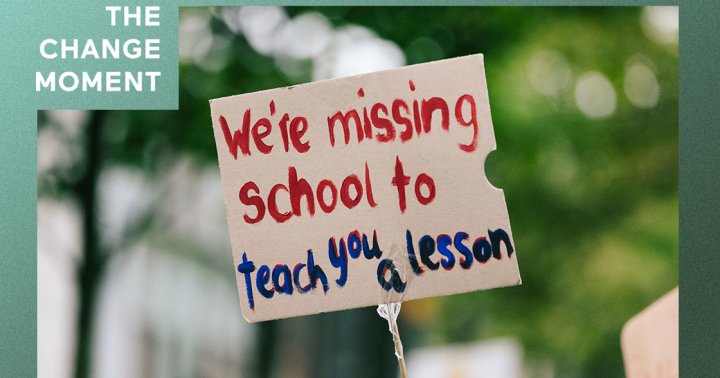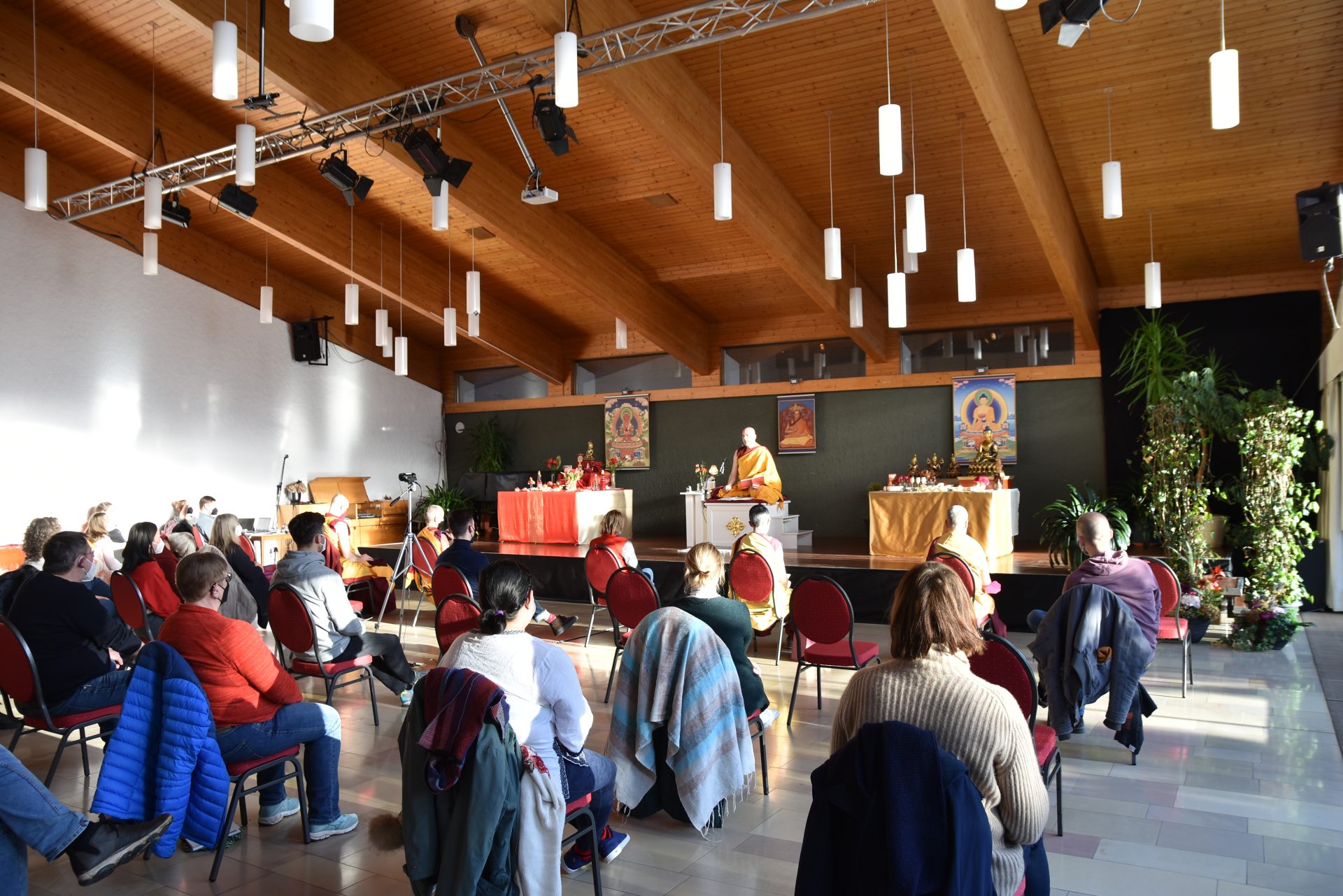Redefining Tibetan Literature
A new interdisciplinary journal transcends genre studies and attempts to build bridges between Tibetan and Western academics The post Redefining Tibetan Literature appeared first on Tricycle: The Buddhist Review.

A new interdisciplinary journal transcends genre studies and attempts to build bridges between Tibetan and Western academics
By Frederick Ranallo-Higgins Dec 08, 2022 Current and future issues of the Journal of Tibetan Literature
Current and future issues of the Journal of Tibetan LiteratureDefining literature is fraught with challenges. While academics and critics long regarded literature as solely the arts of poetry, prose, and dramatic writing, contemporary understanding has expanded to include canonical texts, oral traditions, and anything written in which form and content matter. The new biannual Journal of Tibetan Literature (JTL) offers a space to present, celebrate, and engage Tibetan literary expression in all its diverse forms, from ancient sutras to modern prose.
Since the Western beginnings of Tibetan studies in the 1960s, scholars have been acutely focused on texts, often Buddhist, and have largely avoided discussions based in literary criticism and theory. When scholars do explore contemporary works, they tend to categorize them based on genres that have no equivalents in Tibetan composition. Western scholars also tend to dominate published research, sidelining the voices of Tibetan researchers. With these issues in mind, the editors at JTL provide a peer-reviewed platform dedicated to research, translation, and critical appreciation that seems ready to redirect Tibetan literary studies onto a more inclusive path.
Notably, translation will take a prominent position in JTL, elevating this oft-ignored scholarly skill. Effective and faithful translation requires a depth of knowledge that transcends rote academic learning. It also necessitates a familiarity with numerous languages, a broad view of history, and a mastery of the content. Despite a long history of scholars translating texts, the academy tends to relegate translation as grunt work and not scholarship. Andrew Quintman and Kurtis Schaeffer note in the first issue’s “Letter from the Editors:”
While the practice of translation has long been central to the study of Tibetan literature, it has frequently been under valued or overlooked in the academy as a productive form of scholarship. Accordingly, there have been few venues for peer-reviewed publication of translations. JTL seeks to highlight not only the final products of academic translation but asks translators to reflect on their approaches, contexts, problems, and practices in their work.
With an impressive editorial team of exceptional scholars including Janet Gyatso, Brandon Dotson, Tenzin Dickie, Tsering Wangmo Dhompa, and Nancy Lin, the new Journal of Tibetan Studies seems well-positioned to become a leading voice in the field, offering engaging material for both the seasoned expert (e.g. “‘Avadana of Silver Flowers:’ A Discussion on Decolonization and Anti-Colonial Translation Practices for Tibetan Poetry” by Rabsal and Willock) and the interested non-academic (e.g. the translation of “Tsyultrim Jyamtso” by Dondrup Gyal). And it’s open source! That alone is enough to garner kudos and appreciation.
![]()
Thank you for subscribing to Tricycle! As a nonprofit, we depend on readers like you to keep Buddhist teachings and practices widely available.
This article is only for Subscribers!
Subscribe now to read this article and get immediate access to everything else.
Already a subscriber? Log in.

 Hollif
Hollif 































![Stop Paying the Google Ads Tax Without Realizing It [Webinar] via @sejournal, @hethr_campbell](https://www.searchenginejournal.com/wp-content/uploads/2025/06/3-935.png)